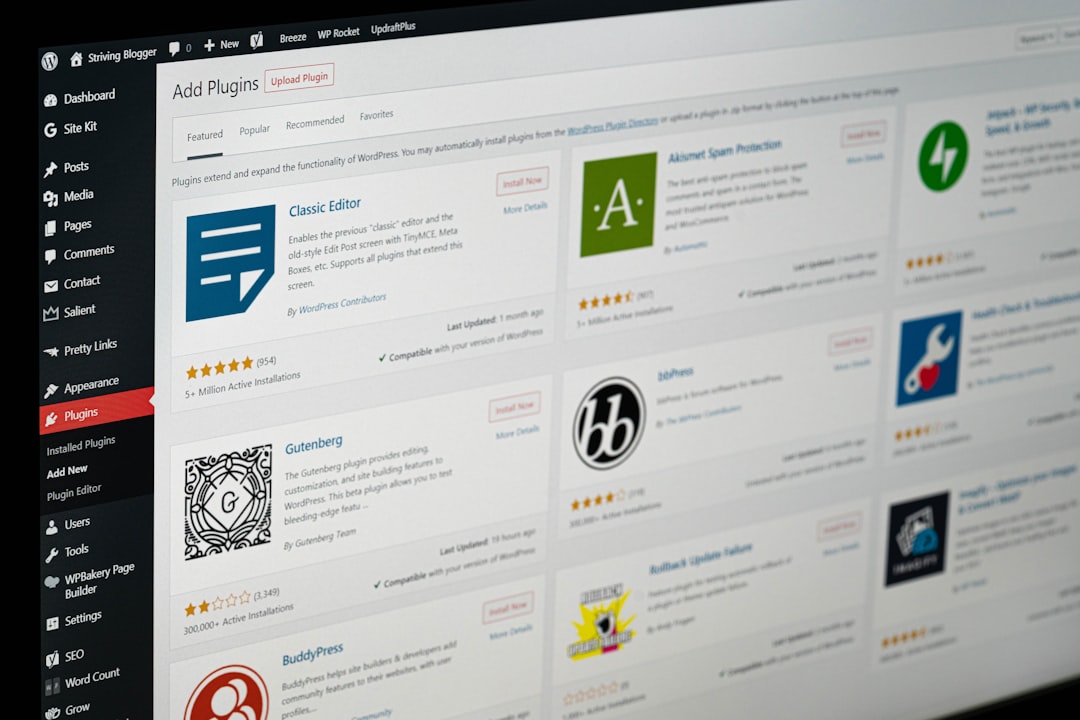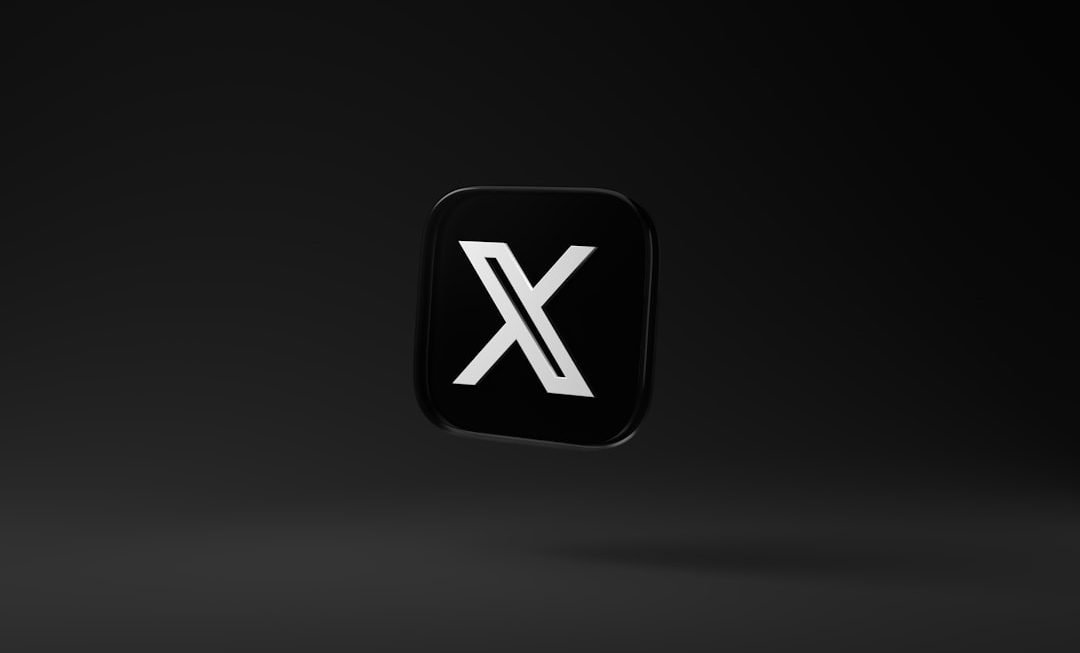Creating a multilingual website in 2025 has never been easier—thanks to smart translation software. If you’re using Webflow, you’re already designing cool, custom websites. But what if your visitors speak Spanish, French, or Japanese?
Don’t worry. We’ve got you covered!
Why Translate Your Webflow Website?
- Reach more people – Speak your visitors’ language.
- Boost your SEO – Google loves multilingual content.
- Improve user experience – Happy visitors stay longer.
Now, let’s look at the best tools that help you do it—without stress or a coding headache.
Top Translation Tools for Webflow in 2025
1. Weglot
Weglot is the superstar of translation plugins.
- Easy to install in Webflow
- Supports 100+ languages
- Automatic and manual translations
- SEO-friendly
You can get started in just 5 minutes. It’s that simple.

2. Lokalise
Lokalise is a favorite for large teams and apps. It’s powerful and flexible.
- Great for collaboration
- Supports integration with Webflow via API
- Advanced quality checks
If you have multiple people working on your content, Lokalise is a great pick.
3. TranslatePress
This tool is more common in WordPress, but they’ve added Webflow features too.
- Visual editor to translate on the page
- Supports manual and automatic translations
- Integrates via JavaScript snippet
It’s not as popular for Webflow yet, but it’s catching up!
4. Polyflow
Polyflow is built just for Webflow. That makes it super smooth to use.
- No coding required
- Drag-and-drop interface
- Works seamlessly with Webflow CMS
Oh, and it looks beautiful too!

5. GTranslate
Want something quick and simple? GTranslate might be for you.
- Uses Google Translate for instant results
- Free and paid plans available
- Great for small sites or personal blogs
It won’t win awards for perfect grammar, but it works fast and gets the job done.
What to Look For When Choosing
Not all translation tools are created equal! Before you choose, think about:
- Language support – Does it cover all the languages you need?
- SEO features – Will it help your ranking in other regions?
- Ease of use – Will your team be able to manage it?
- Monthly Cost – Does it fit your budget?
Also, consider if you need automatic translation, manual editing, or both.
Tips for Making Your Website Multilingual
- Use language switchers in visible locations
- Test every translated page
- Watch out for layout issues with longer words
- Double-check key phrases like CTAs
Don’t just translate—localize. Make sure your message makes sense in every language, not just word-for-word.
Final Thoughts
Adding translation software to your Webflow site is one of the smartest moves in 2025. Whether you’re running a business, an online store, or a blog—going multilingual will open new doors.
Our top pick? Try Weglot for a quick setup, or Polyflow if you want something made specifically for Webflow.

So go ahead—unlock new audiences and build a global brand right from Webflow!




